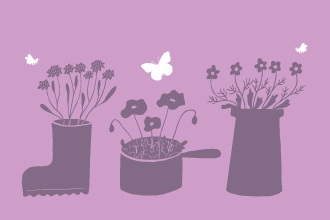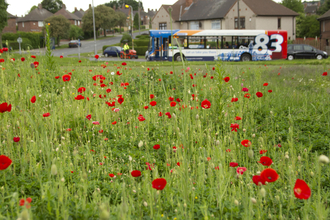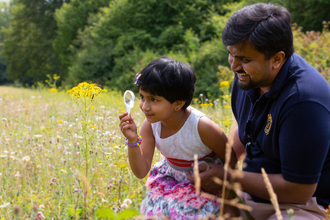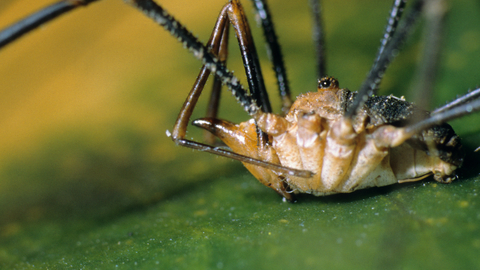
Harvestman (Phalangium opilio) ©Paul Richards
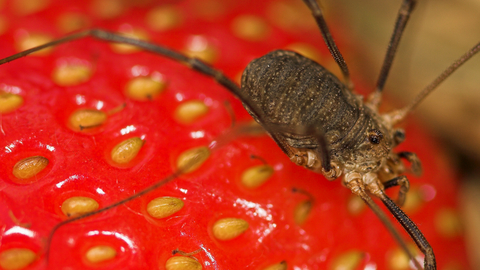
Harvestman (Phalangium opilio) ©Paul Richards
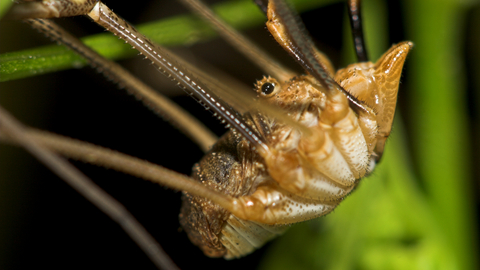
Harvestman (Phalangium opilio) ©Paul Richards
Common harvestman
Scientific name: Phalangium opilio
The Common harvestman is familiar to us as the large, spindly spider-like creature that frequents gardens and houses. It predates on smaller invertebrates which it catches using hooks on the ends of its legs.
Species information
Category
Statistics
Body length: up to 8mmLeg span: up to 5cm
Conservation status
Common.

